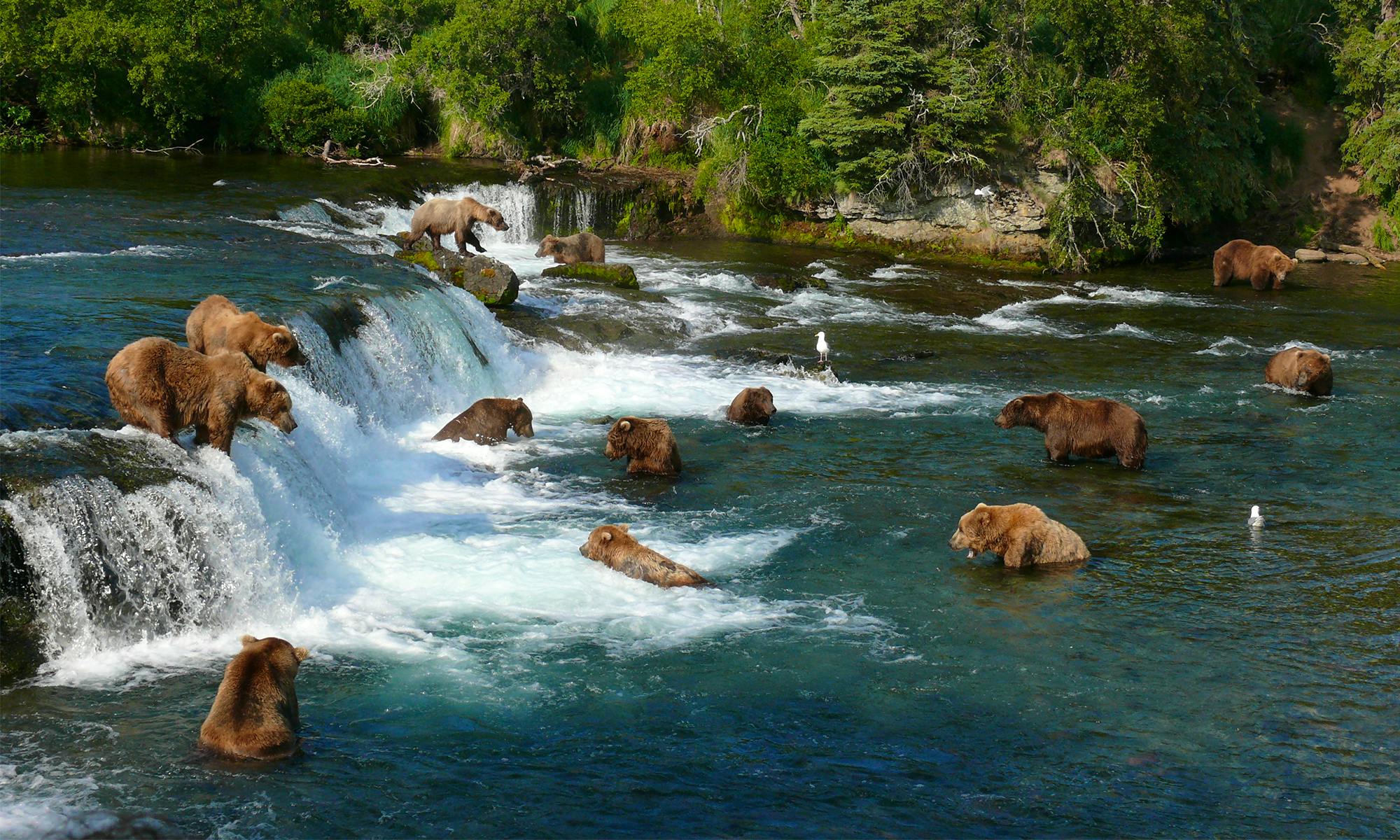Defenders of Wildlife has established The Tracks You Leave Behind newsletter to share highlights about our work, legacy giving ideas and the stories of those who have completed their own gifts.
Safe Crossings and Open Corridors
When wildlife and humans share the landscape, connectivity—the ability of animals to move freely from place to place—is often compromised. Highways and other busy roads intersect wildlife movement corridors, posing a serious safety hazard for wildlife and people when vehicles collide with animals attempting to cross. In some areas, fencing and other manmade obstacles block access to critical wildlife habitat and migratory routes. Defenders works with partners across the country to address these connectivity issues and has some recent successes in the West to share.
In California, we were part of a coalition that successfully intervened in court to uphold two Ventura County ordinances that increase protections for wildlife corridors by requiring environmental reviews for projects that may impact wildlife connectivity. Southeast of Ventura, in Riverside, a bipartisan group led by Sen. Diane Feinstein (D-Calif.) and Sen.
Alex Padilla (D-Calif.) introduced legislation we supported to establish Western Riverside County National Wildlife Refuge. The refuge will protect habitat—including important wildlife corridors—for at least 146 species and provide access to nature for the nearly 12 million people who live in urban areas surrounding the refuge.
In New Mexico, Defenders led a successful advocacy campaign that resulted in the creation of a statewide Wildlife Corridors Action Plan that addresses the need for wildlife crossing infrastructure across the state and identifies 11 priority areas for crossing projects.
In the central part of the state, we worked with the Pueblo of Santa Ana to map wildlife movements on the tribe’s reservation lands to pinpoint barriers to it and identify areas in need of wildlife crossing infrastructure. We also produced a short film, “Crossing New Mexico,” to highlight priority sites for safe passage infrastructure projects.
In Washington, we released a connectivity report—a joint project with the U.S. Fish and Wildlife Service, Washington State Department of Transportation and others—that drew on cutting-edge modeling methods to examine current movement corridors, linkages and barriers to wildlife movement in the southwestern part of the state.
In Texas, a rare sighting of a female ocelot and her kitten crossing a main road in Laguna Atascosa National Wildlife Refuge in February reaffirmed the importance of our connectivity work. The duo provided a powerful reminder of the necessity of safe passage for wildlife and the importance of promoting coexistence between wildlife and humans by educating the public about the connectivity issues impacting these imperiled cats now limited to a small breeding population of about 60 to 80 cats in South Texas.
